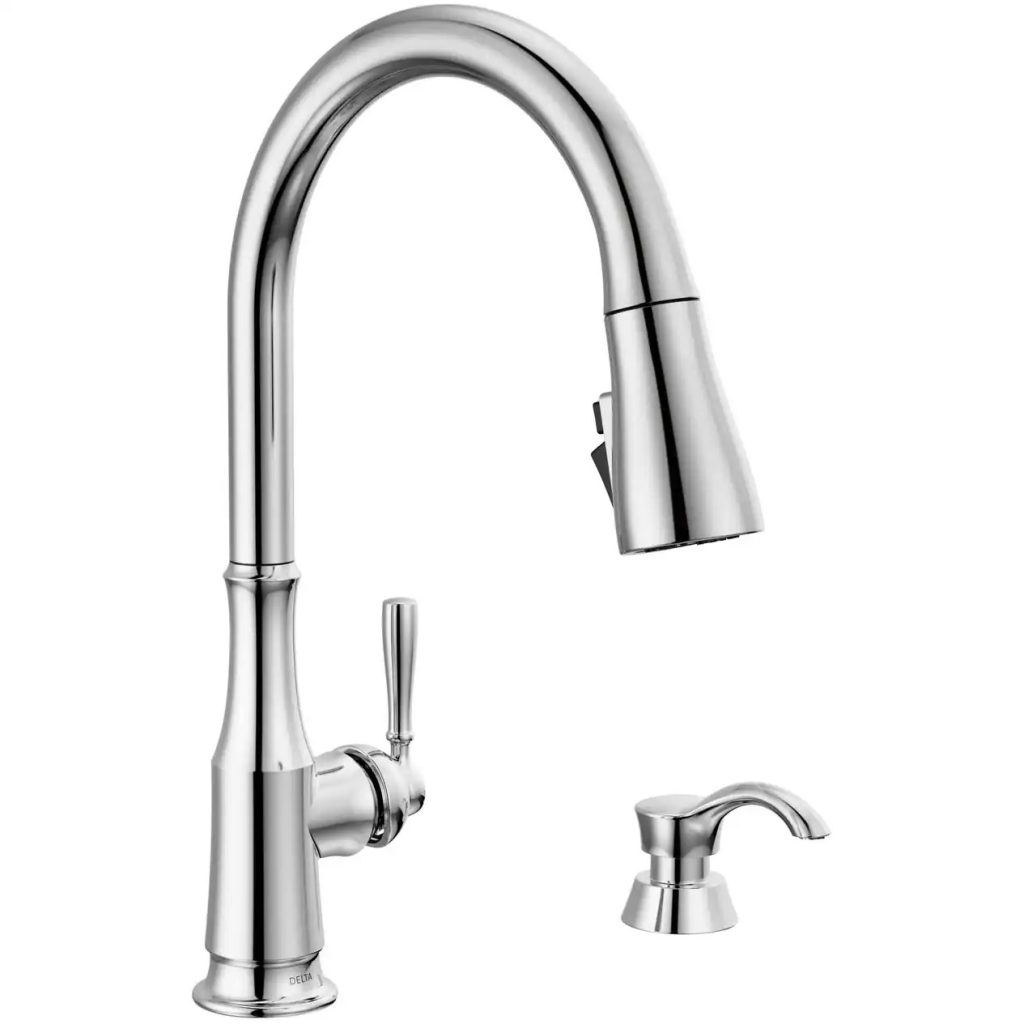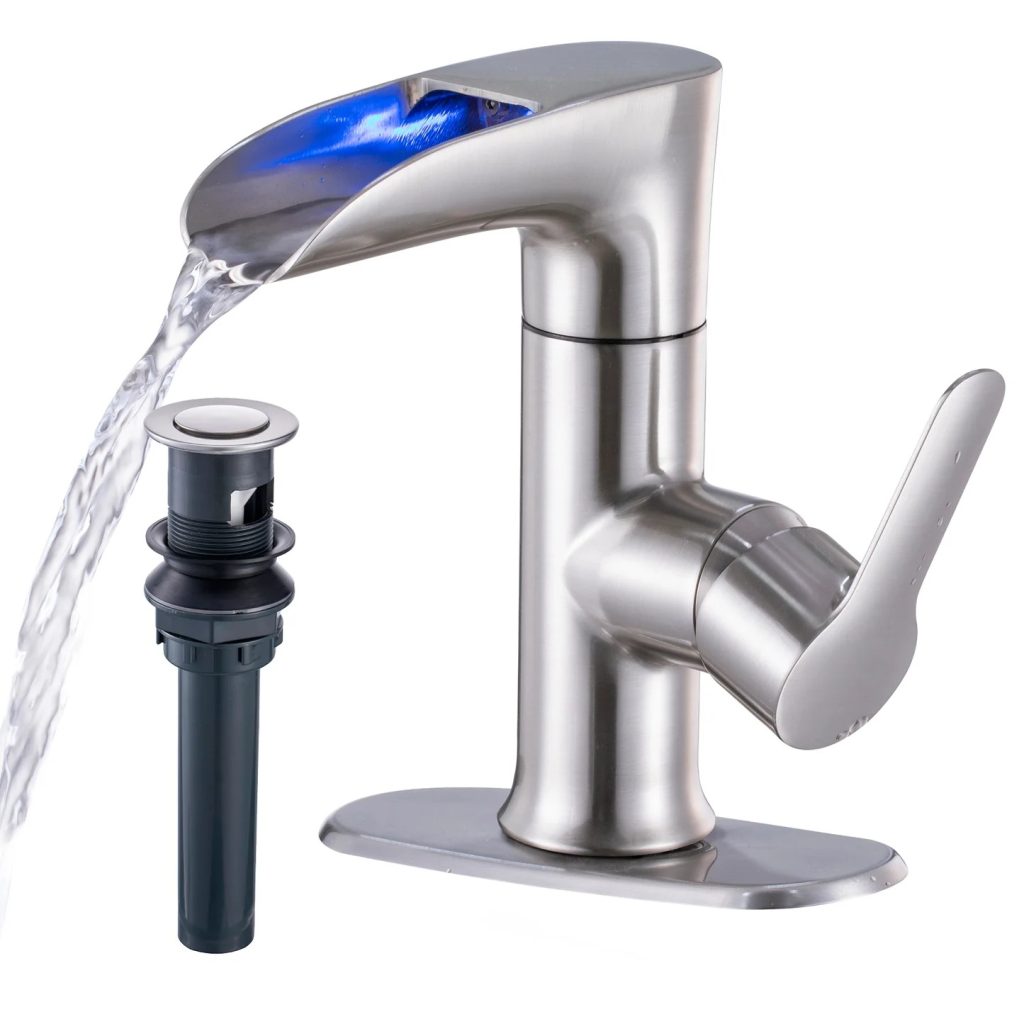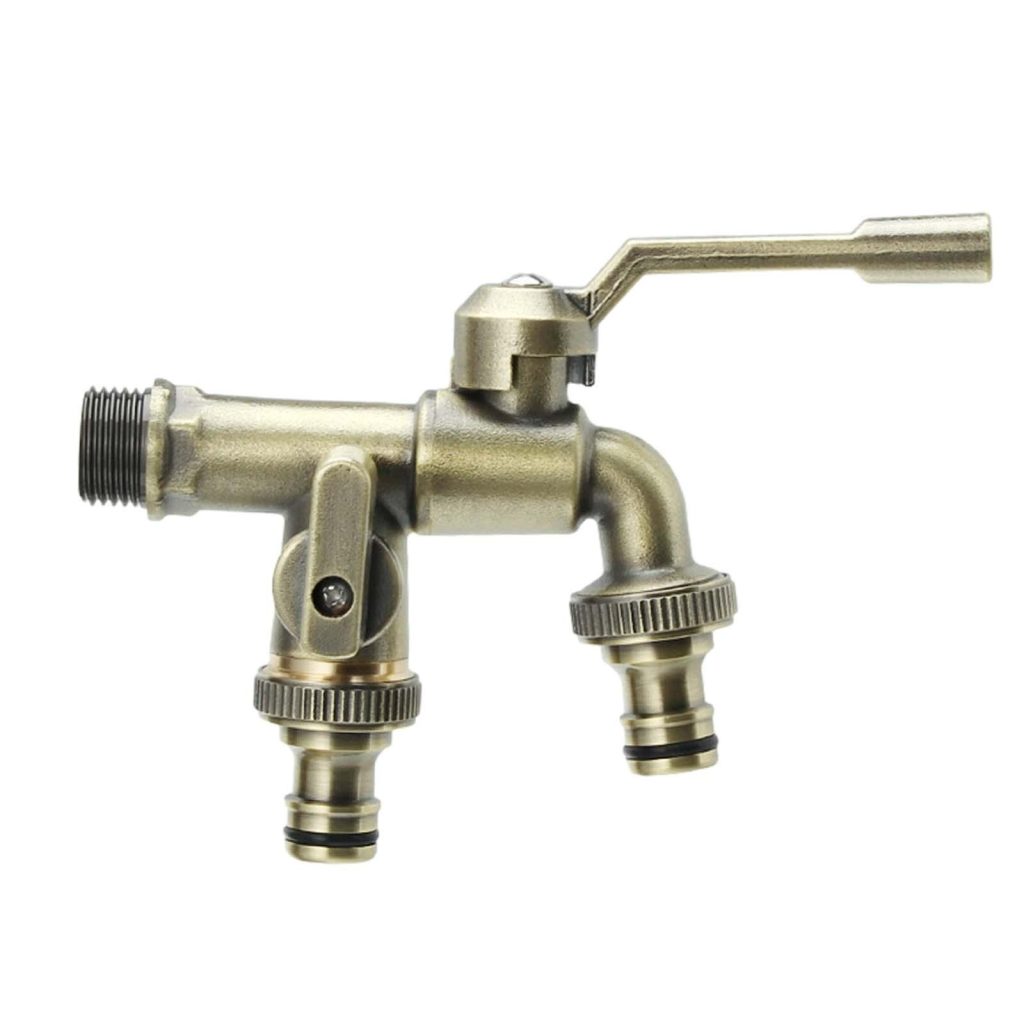The Science Behind Dripping Faucets and Frozen Pipes
Does dripping faucets work? When temperatures plummet, the risk of pipes freezing and bursting skyrockets. Let’s dive into the science of why letting your faucets drip may help prevent this costly disaster.

- Continuous Flow: Though water can freeze while moving, a dripping faucet keeps some amount of water flowing. This movement makes it less likely for ice to completely block a pipe.
- Pressure Relief: The real benefit of a dripping faucet is the pressure relief it provides. By allowing a trickle of water to escape, it eases the pressure buildup between the blockage and the faucet. This can help prevent pipes from bursting when they begin to thaw.
Factors Contributing to Pipe Freezing and Bursts
Understanding the various factors that lead to pipe freezing and bursts is crucial for prevention. Here are the primary contributors:
- Low Temperatures: Naturally, pipes freeze when exposed to prolonged cold. The critical threshold is often around 20 degrees Fahrenheit.
- Poor Insulation: Pipes located in unheated spaces or along exterior walls without sufficient insulation are more prone to freezing.
- Lack of Water Movement: Stagnant water in the pipes is likely to freeze faster than running water. Constant movement in the plumbing helps prevent ice formation.
- Thermal Expansion: When water freezes, it expands. This expansion can exert extreme pressure on pipes, leading to potential cracks and bursts.
- Unregulated Heat: Homes with uneven heating can create cold pockets, increasing the risk of freezing in certain areas.
- External Conditions: Wind chill can penetrate crawl spaces or other vulnerable areas, accelerating the freezing process.
Being aware of these factors enables homeowners to take proactive steps in ensuring their plumbing can withstand the frosty winter months. It’s vital to keep an eye on forecasts, maintain your home’s insulation, and consider letting faucets drip to circumvent these issues.

Dripping Faucets: Old Wives’ Tale or Valid Prevention Method?
The practice of letting faucets drip to prevent pipe bursts during cold snaps is widely debated. Some view it as merely an old wives’ tale, ineffective and wasteful. On the other hand, experts and plumbing professionals often endorse the technique as essential for preventing disasters.
Here’s a breakdown of why dripping faucets might actually be a valid method:
- Pressure Regulation: A dripping faucet relieves pressure that builds up due to ice forming in pipes. This reduction in pressure can prevent pipes from bursting.
- Continuous Water Flow: While it may seem insignificant, even a small flow of water can prevent water from freezing within pipes. Running water, even in a trickle, carries kinetic energy which can help keep the temperature above freezing.
- Heat Distribution: Water from deeper in the system, which is often warmer, circulates through the pipes. This can help keep the overall temperature of the water in the pipes from dropping too low.
- Preventive Caution: The simple action of leaving a faucet dripping could prevent costly damage. The minimal cost of the extra water used is often much less than repairs for burst pipes.
While it may not be a guaranteed solution, especially in extreme temperatures, allowing faucets to drip has been shown to be a helpful precaution. It is especially recommended in parts of homes where pipes are less insulated or exposed to external walls. Combining this practice with other measures, such as insulation and heating, can enhance the defense against cold weather issues.
When to Start Dripping Faucets: Temperature and Timing Guidelines
Knowing when to start dripping faucets is key to preventing pipe bursts. The magic number to watch is 20 degrees Fahrenheit. When the forecast predicts temperatures to drop to 20 degrees Fahrenheit or below, it’s time to act. Begin by allowing your faucets to drip slightly to maintain a continuous flow of water. This flow helps to prevent ice from forming and causing pressure buildup in your pipes.
Start with pipes most at risk. Focus on those in unheated interior spaces like attics, garages, and basements. Don’t overlook pipes along external walls or in base cabinets against outside walls. For these areas, open cabinet doors to let warm air circulate around the pipes. During severe cold snaps, pay extra attention to these vulnerable points in your plumbing system.
Insurance and Frozen Pipes: Understanding Coverage
When it comes to frozen pipes, insurance coverage is not straightforward. Most homeowner policies cover damage caused by burst pipes. Yet, coverage can vary. Hence, knowing your policy details is important. Typically, insurers cover the water damage but not pipe repairs. Ensure to check your policy for specific clauses related to freezing pipes.
For businesses, the stakes are higher. Claims from frozen and burst pipes average around $27,000. Sometimes, they reach millions. Business owners should adjust their coverage accordingly. Preventative measures can help reduce insurance claims. These include maintaining proper insulation and using drip strategies for faucets.
Always verify with your insurance whether preventive actions are required for coverage. Some policies may exclude damage if reasonable precautions were not taken. This includes keeping the building heated or dripping faucets when it’s extremely cold.

How to Identify and Locate Frozen Pipes in Your Home
Identifying and locating frozen pipes is crucial to prevent potential damage. Here are practical tips to help you effectively find and address frozen pipes in your home:
- Check Faucet Output: Begin by turning on your faucets. If no water comes out or there’s only a trickle, the pipe leading to the faucet may be frozen.
- Inspect Exposed Pipes: Look at visible pipes in areas like basements, attics, and garages. Frost on a pipe’s exterior or bulging areas can indicate freezing.
- Feel for Temperature Differences: Touch the pipes. A much colder section might suggest it’s frozen. Be gentle to avoid damaging the pipe.
- Listen for Strange Noises: When you turn on a faucet, listen for clanking or cracking sounds. This could mean ice is causing a blockage.
- Use Your Home Layout: Understanding where the main water line enters your home and where pipes run can guide you to the likely areas of freezing. Pipes on outer walls or unheated spaces are most vulnerable.
After locating the frozen pipe, carefully apply heat using a hair dryer, heating pad, or warm towels. Never use a blowtorch as it can damage the pipes or start a fire.
Additional Measures to Protect Pipes from Freezing
Beyond dripping faucets, there are other crucial steps to shield your home’s pipes during cold spells.
Insulate Your Pipes
Wrap pipes, especially those in unheated areas like attics and garages, with insulation sleeves. This helps maintain their temperature, reducing the risk of freezing.
Seal Cracks and Openings
Inspect your home for any openings where cold air could enter. Use caulk or insulation foam to seal gaps around pipes, especially where they enter the house.
Keep the Heat On
Even when not home, keep your thermostat set above 55 degrees Fahrenheit. Consistent warmth can prevent the interior pipes from freezing.
The Role of Home Insulation in Preventing Frozen Pipes
Home insulation is crucial in warding off frozen pipes. It adds a protective layer around your piping, keeping the cold at bay. Here’s how home insulation plays a part in preventing frozen pipes and potential bursts:
- Maintains Warmth: Insulation traps heat within the house, keeping pipes warm.
- Blocks Cold Air: Properly installed insulation keeps draughts out, which might otherwise cause pipes to freeze.
- Reduces Heat Loss: Insulation helps retain heat in areas prone to dropping temperatures, like basements or attics.
- Cost-effective: Investing in good insulation can save money on heating bills and prevent expensive repairs.

Every homeowner should check their insulation, especially before winter. Look for signs of wear or gaps that need filling. Pay special attention to pipes in non-heated areas. Insulate these pipes to provide extra defense against the chill. Remember, insulation is a long-term solution that supports the short-term fixes, like dripping faucets, in the fight to protect your homes from the ravages of deep freezes.
